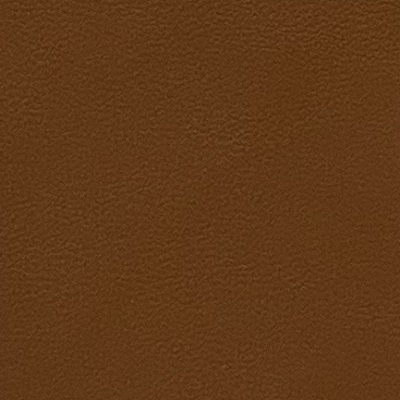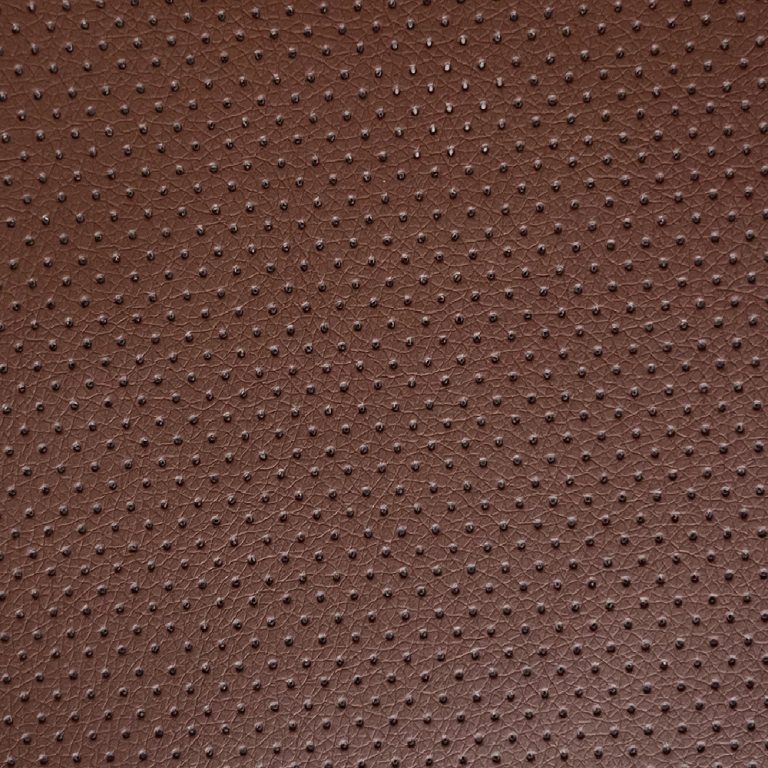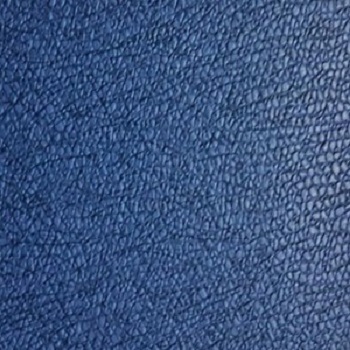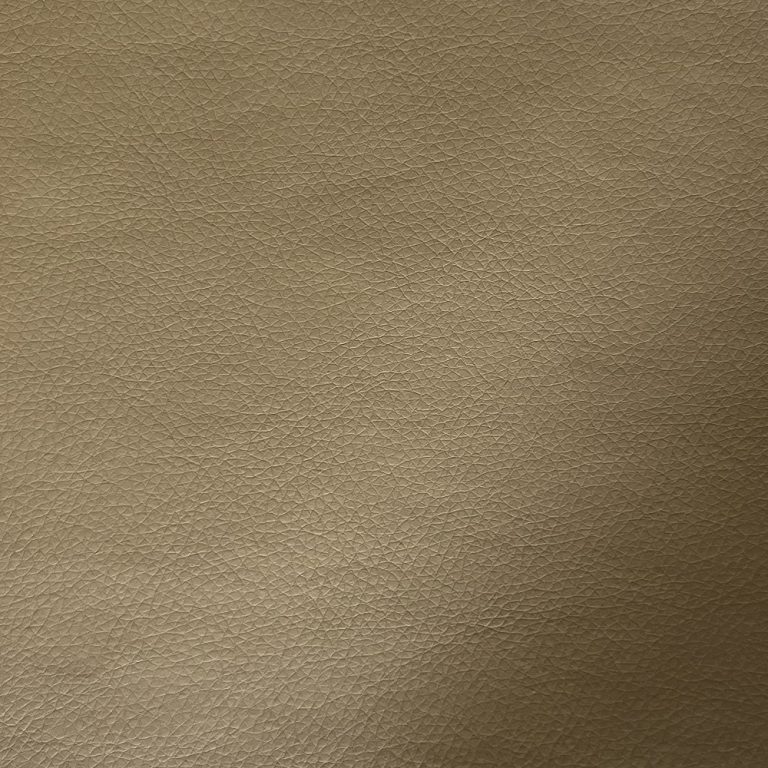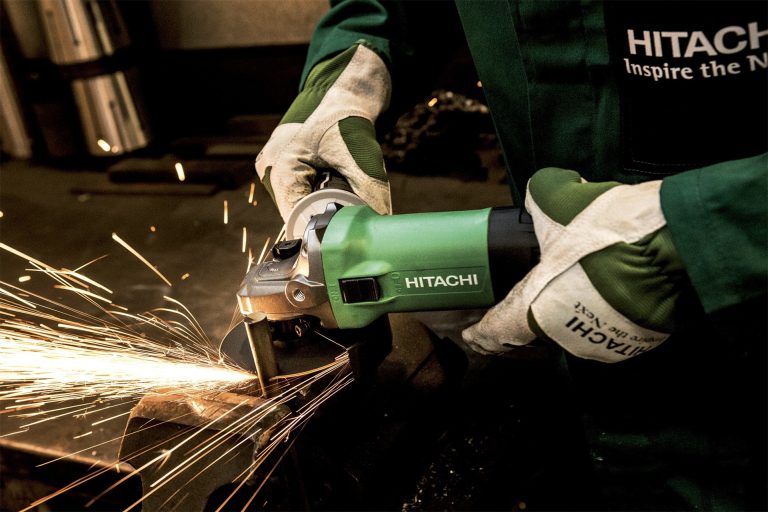Table of Contents
Benefits of Using Memory Foam in Shoe Inner Lining
When it comes to choosing the right shoes, comfort is key. One of the most important factors that contribute to the overall comfort of a shoe is its inner lining. The inner lining of a shoe plays a crucial role in providing support, cushioning, and stability to the foot. One popular material that is commonly used in shoe inner linings is memory foam. Memory foam is a type of viscoelastic foam that is known for its ability to contour to the shape of the foot, providing a custom fit and superior comfort.
One of the main benefits of using memory foam in shoe inner linings is its ability to provide excellent cushioning and support. Memory foam is designed to respond to pressure and heat, which allows it to mold to the shape of the foot and distribute weight evenly. This helps to reduce pressure points and alleviate discomfort, making it ideal for individuals who spend long hours on their feet or suffer from foot pain. Additionally, memory foam is known for its shock-absorbing properties, which can help to reduce the impact of walking or running on hard surfaces.
Another advantage of using memory foam in shoe inner linings is its durability. Memory foam is a resilient material that is able to retain its shape and cushioning properties over time. This means that shoes with memory foam inner linings are less likely to compress or break down with regular wear, ensuring long-lasting comfort and support. Additionally, memory foam is resistant to moisture and odors, making it a hygienic choice for shoe inner linings.
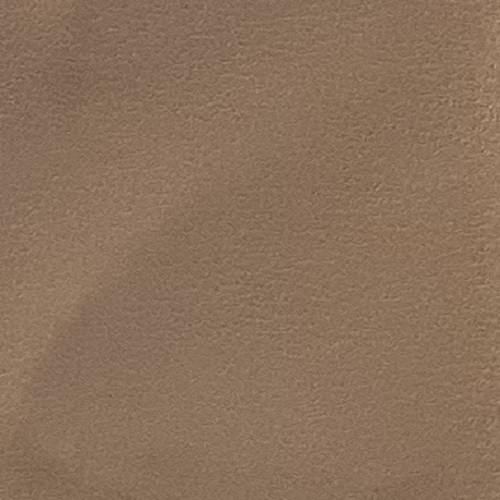
In addition to providing comfort and support, memory foam is also lightweight and flexible, allowing for natural movement of the foot. This can help to prevent fatigue and strain on the feet, ankles, and knees, especially during high-impact activities such as running or hiking. The flexibility of memory foam also allows for a more natural gait and improved balance, which can help to reduce the risk of injuries and improve overall performance.
Furthermore, memory foam is a versatile material that can be used in a variety of shoe styles, from athletic shoes to dress shoes. Its ability to conform to the shape of the foot makes it suitable for individuals with different foot shapes and sizes, providing a comfortable and customized fit for all wearers. Additionally, memory foam is available in different thicknesses and densities, allowing for customization of cushioning and support levels based on individual preferences and needs.
In conclusion, the benefits of using memory foam in shoe inner linings are numerous. From providing superior cushioning and support to enhancing durability and flexibility, memory foam is a versatile material that can greatly improve the comfort and performance of shoes. Whether you are looking for a pair of running shoes, work shoes, or casual shoes, choosing a shoe with memory foam inner lining can make a significant difference in your overall comfort and well-being. So next time you are in the market for a new pair of shoes, consider the benefits of memory foam and treat your feet to the comfort they deserve.
How to Choose the Right Material for Shoe Inner Lining
When it comes to choosing the right material for shoe inner lining, there are several factors to consider. The inner lining of a shoe plays a crucial role in providing comfort, support, and moisture-wicking properties. It is important to select a material that is not only durable but also breathable and soft against the skin.
One of the most common materials used for shoe inner lining is leather. Leather is known for its durability and ability to conform to the shape of the foot over time. It also has natural moisture-wicking properties, which helps to keep the feet dry and comfortable. However, leather can be heavy and may not be as breathable as other materials.
Another popular choice for shoe inner lining is textile materials such as cotton or polyester. These materials are lightweight, breathable, and soft against the skin. They are also easy to clean and maintain. However, textile linings may not be as durable as leather and may wear out more quickly.
For those looking for a more eco-friendly option, there are also natural materials such as bamboo or hemp that can be used for shoe inner lining. These materials are sustainable and biodegradable, making them a great choice for environmentally conscious consumers. They are also breathable and moisture-wicking, providing comfort and support for the feet.
When choosing the right material for shoe inner lining, it is important to consider the intended use of the shoes. For athletic shoes, it is important to select a material that is breathable and moisture-wicking to prevent sweat buildup and odor. For dress shoes, a soft and comfortable material such as leather may be more appropriate.
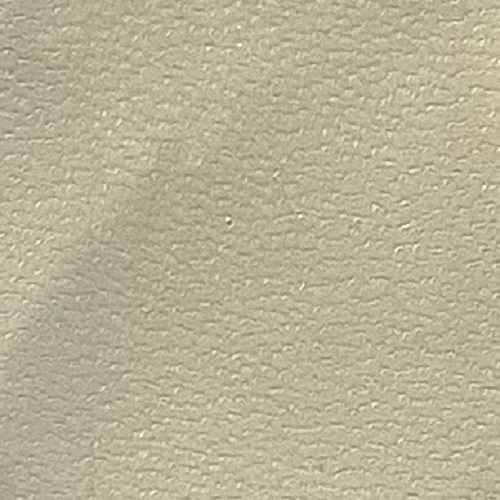
It is also important to consider any allergies or sensitivities that the wearer may have. Some materials, such as synthetic fabrics, may cause irritation or allergic reactions in some individuals. It is important to choose a material that is hypoallergenic and gentle on the skin.
| Commodity Name | Use |
| Inner shoe lining | Shoes,Bags, Clothes |
In addition to the material itself, the construction of the shoe inner lining is also important. Look for shoes with a seamless lining to prevent rubbing and irritation against the skin. The lining should also be securely attached to the shoe to prevent it from bunching up or slipping out of place.
Ultimately, the right material for shoe inner lining will depend on personal preference, intended use, and budget. Leather is a classic choice for its durability and comfort, while textile materials offer a lightweight and breathable option. Natural materials such as bamboo or hemp are a great eco-friendly choice for those looking to reduce their environmental impact.
In conclusion, choosing the right material for shoe inner lining is an important decision that can impact the comfort and longevity of your shoes. Consider factors such as durability, breathability, and comfort when selecting a material. Whether you prefer leather, textile, or natural materials, there are plenty of options available to suit your needs.

